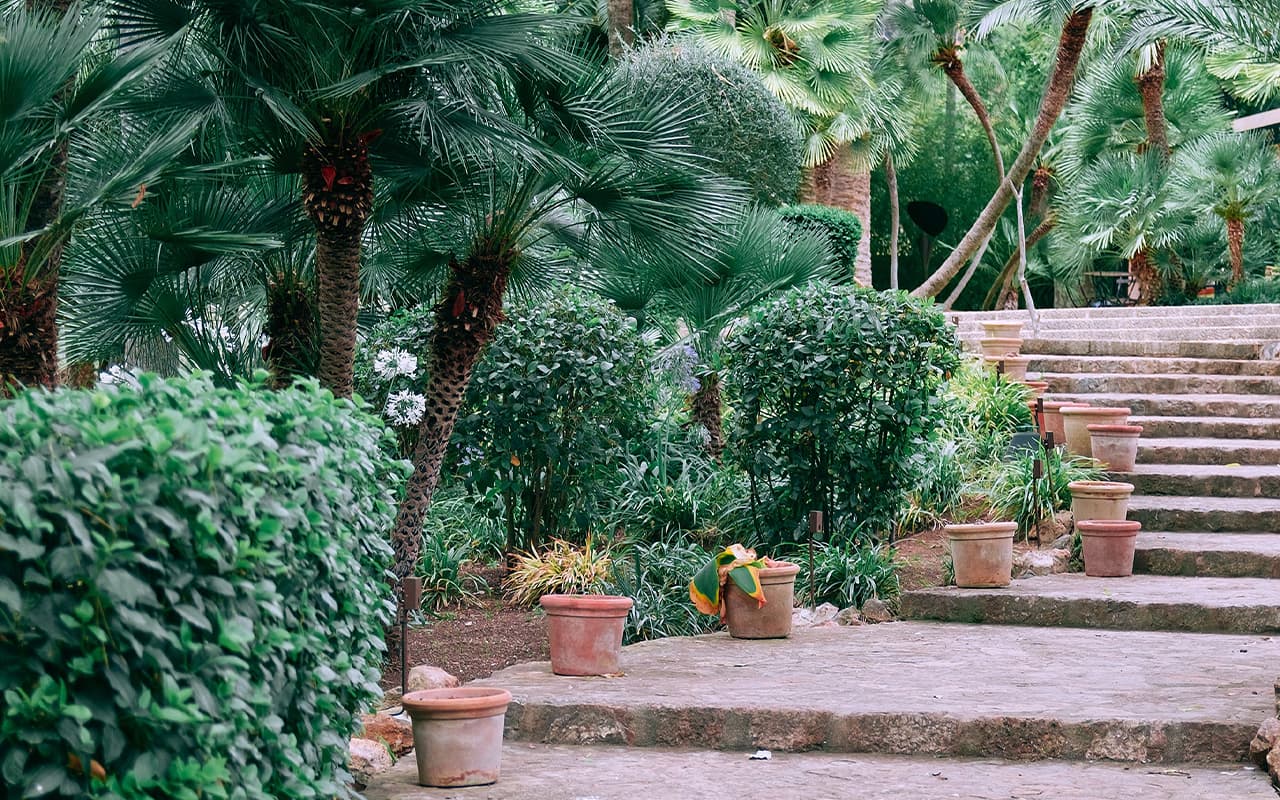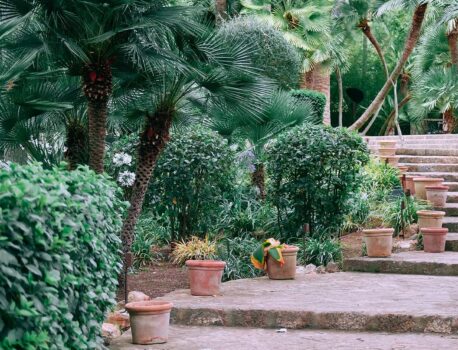The Dallas Arboretum and Botanical Garden is over 250,000 square meters in size and is located on the southeastern shore of White Rock Lake. A huge variety of different gardens are gathered here, and this beautiful sight is complemented by views of the lake and the landscape of Dallas Downtown. The Encinal Ranch, built for geophysicist Everett Lee DeGolyer and his wife Nell (Mrs. DeGolyer’s main interests revolved around horticulture), occupies most of the grounds. The garden, based on the DeGolyer landholding and the Alex Camp House, was opened in 1984.
The DeGolyer House is listed on the National Register of Historic Places. It is a beautiful 2,000-square-foot building, built in the Spanish style in 1940. Today, it has a café in the back overlooking the lakes, as well as fountains and a landscaped Women’s Garden.
In addition, the Dallas Arboretum has an outdoor stage, picnic areas, and a series of miniature replicas of dwellings and other structures forming a replica village of Texas pioneers on the prairie.
The Margaret Elizabeth Jonsson Color Garden was designed by Nod Burnett and features large beautiful beds of seasonally blooming plants. The garden contains over 2,000 species of azaleas, which in spring are a marvelous sight in combination with tulips. Banana and tapioca plants grace the garden in the summer and chrysanthemums in the fall. A special display for gardeners shows how to create and maintain this type of landscape.
The Woman’s Garden is a gift from the Dallas Women’s Council. The tranquil garden has become nationally known as a great example of a terraced landscape with walking paths and wonderful views. The first half of the garden, designed by Morgan Wheelock, opened in 1997 and consisted of several smaller “rooms” including a Pecan Parterre and a Poetry Garden with a rose garden. The second half, designed by Warren Johnson, opened in 2006 and features a Texas limestone bridge, a hanging garden and a scenic well.
The arboretum’s latest innovation is a visitor center, opened in 2002, with a gift store, patio and gazebo where at night you can see skyscrapers reflected in the pond’s water.
“Paseo de Flores” by Lida Bunker Hunt, which is simply called “Paseo,” is a pathway that serves as the center avenue of the entire arboretum. It was created by Luis Santana and begins at the visitor center, ending near the Fogelson Fountain. Along the Paseo there are many wonderful places to take pictures and admire: Magnolia Glade, Myrtle Alley, Todd Conyers Fountain, Shade Garden and Pecan Grove.
There are many other gardens in the botanical garden, each with its own character. The Boswell Family Garden, for example, is set against a beautiful stone wall, and here you can admire a myriad of magnificent roses of all kinds. The secluded McCasland garden is distinguished by the Chico and Chica sculpture, which, together with the fountain, makes it a very popular spot for marriages. Eugenia Leftwich Palmer’s Fern Hollow features more than 90 species of ferns, camellias, azaleas and old-growth trees that are enlivened by a peaceful stream. Nancy Clements Sey’s magnolia meadow is full of gurgling water and ends with a beautiful fountain where visitors love to take pictures.
The botanical garden hosts many different events throughout the year. First and foremost is the Southeast’s largest flower festival, Dallas Blooms, a tradition that dates back more than 30 years. More than 500,000 buds bloom at it, which is complemented by food courts, entertainment booths and other elements typical of public events. “Summer at the Arboretum” is a family-friendly event with entertainment and good discounts on plants. “Autumn in the Arboretum” is tens of thousands of pumpkins and zucchini, which are brought here from the nationally known “Pumpkin Village”. And for the “12 Days of Christmas,” there’s a collection of Victorian gazebos filled with costumed characters and animals.

